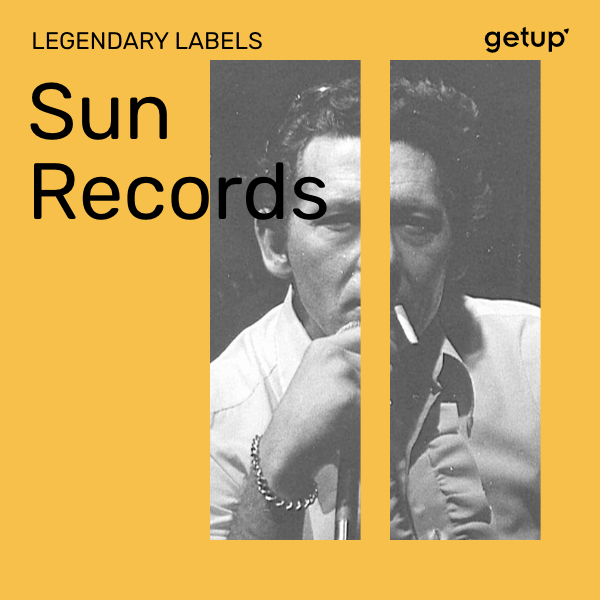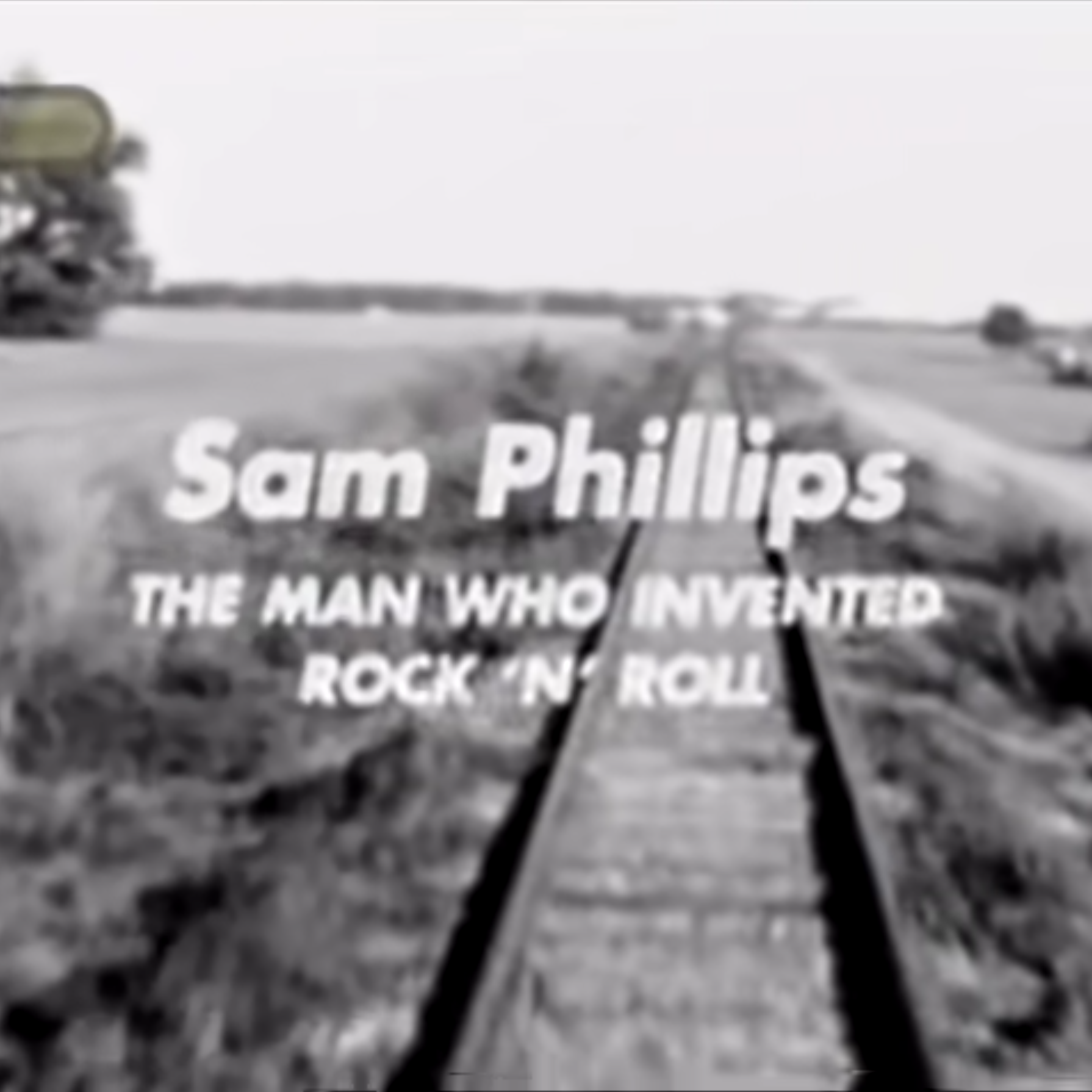With a genuine fascination and admiration for African-American culture, 29-year-old former radio engineer Sam Phillips set up the Memphis Recording Service (later renamed Sun Studio) in 1950, as a means for black musicians – who previously had no place to go – to make records. Two years later, he set up his own label to release the recordings, rather than leasing them out to the likes of Chicago-based Chess.
To begin with the Sun Record Company was an almost exclusively blues label, unsurprising, since Memphis was to blues what Nashville was to country, and New Orleans to dixieland jazz. In time Sun also recorded country, hillbilly, and rockabilly artists, and became synonymous worldwide with a brand new kind of music. Peter Guralnick, the pre-eminent chronicler of twentieth-century American music, states that the cultural revolution that was rock’n’roll can be traced to a single man and a single source – Sam Phillips and Sun Records.
In fact the Memphis Recording Service had recorded what is generally regarded as the first rock’n’roll record in March 1951 – “Rocket 88” by Jackie Brenston & His Delta Cats (aka Ike Turner & His Kings of Rhythm), but it was released on Chess, before the birth of Sun Records.
Despite championing the black artists who recorded for his label, Phillips knew that the only way this music could reach a wider (i.e. white) audience and ‘make a billion dollars’ would be if he could find a white singer who could embrace the sound and feel of this music.
But where would he find such a person, even if such a character existed? It so happened that a double dose of luck was about to shine on Mr Phillips. In the summer of 1953 a shy, tentative, greasy-haired teenager paid $3.98 plus tax to record a two-sided acetate at the studio. That was dose #1. The second was that Sam employed a lady named Marion Keisker as his secretary and it was to her that the young man paid his money and chatted whilst waiting. Marion recalls:
He said, "If you know anyone that needs a singer…"
I said, "What kind of singer are you?"
He said, "I sing all kinds."
I said, "Who do you sound like?"
"I don’t sound like nobody."
The young man took his acetate home and waited… and waited. He occasionally popped back to the studio simply to hang out to maybe catch someone’s eye. Marion always remembered him and the two would chat. The kid made some sort of impression upon her and she sensed he had something...
Almost a year after his first visit, Keisker persuaded her boss to give the young man a ring as Phillips was looking for a vocalist to team up with a talented young guitarist called Scotty Moore and his bassist Bill Black. At the end of a fruitless evening with duo and singer the young man began to sing a song he’d half-remembered from way back. Phillips instantly recognised the number – Arthur Crudup’s “That’s All Right, Mama”.
The rest is, of course, history. Thanks to Marion Keisker, Sam Phillips had just discovered ELVIS PRESLEY (someone once told me that ELVIS should always be spelled in capital letters, and they were right).
ELVIS only cut five singles for Sun, and 24 tracks in total, before his contract was sold for $35,000, the equivalent of about $335,000 today. Peanuts for Phillips, but it seemed a colossal amount for an artist back then. No-one knew what was to follow and it enabled Sam to expand his label and attract artists as a proven star-spotter.
Just look at some of the artists who recorded at Sun right at the beginning of their careers, both before and after Presley: Howlin’ Wolf, Ike Turner, Junior Parker, B.B. King, Bobby Bland, Jerry Lee Lewis, Roy Orbison, Carl Perkins, Rufus Thomas, Johnny Cash. Lesser known (but a favourite of mine) is Billy ‘The Kid’ Emerson, a former airman and member of Ike Turner’s Kings of Rhythm who cut some great singles of his own and wrote for others.
Sam Phillips sold the label in 1969 and it continues to operate today, albeit from Nashville. Phillips died aged 80 in 2003, but Sun Studios, designated a US National Historic Landmark, remains a working studio. You can visit the small office where Marion Keisker sat behind a typewriter and chatted to the young kid who "don’t sound like nobody". You can also stand on the very spot where that kid first sang into a microphone. Why, your band can even hire the studio and cut a record there. Do it, if ever you get the chance. I can tell you from experience that the walls of Sun Studios still hold the presence of Howlin’ Wolf, Johnny Cash, Jerry Lee Lewis, Billy ‘The Kid’ Emerson and, above all others, ELVIS, the King.



.jpg)




